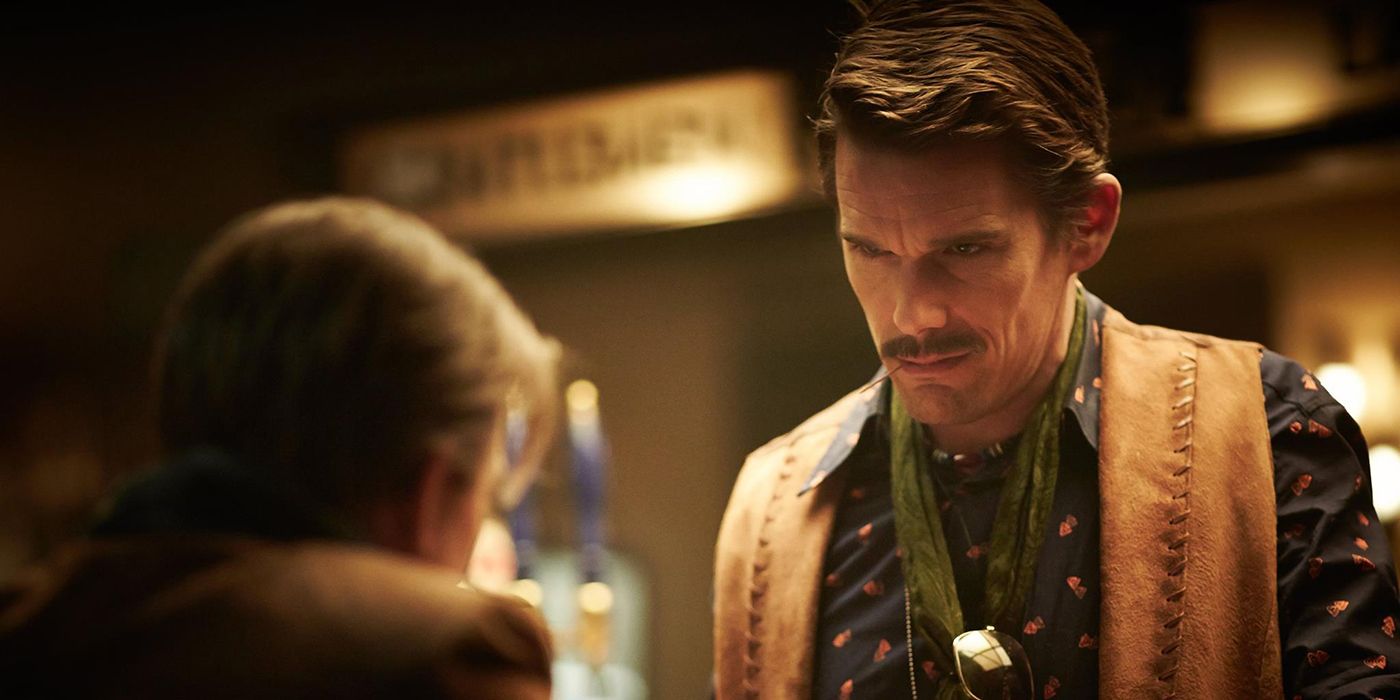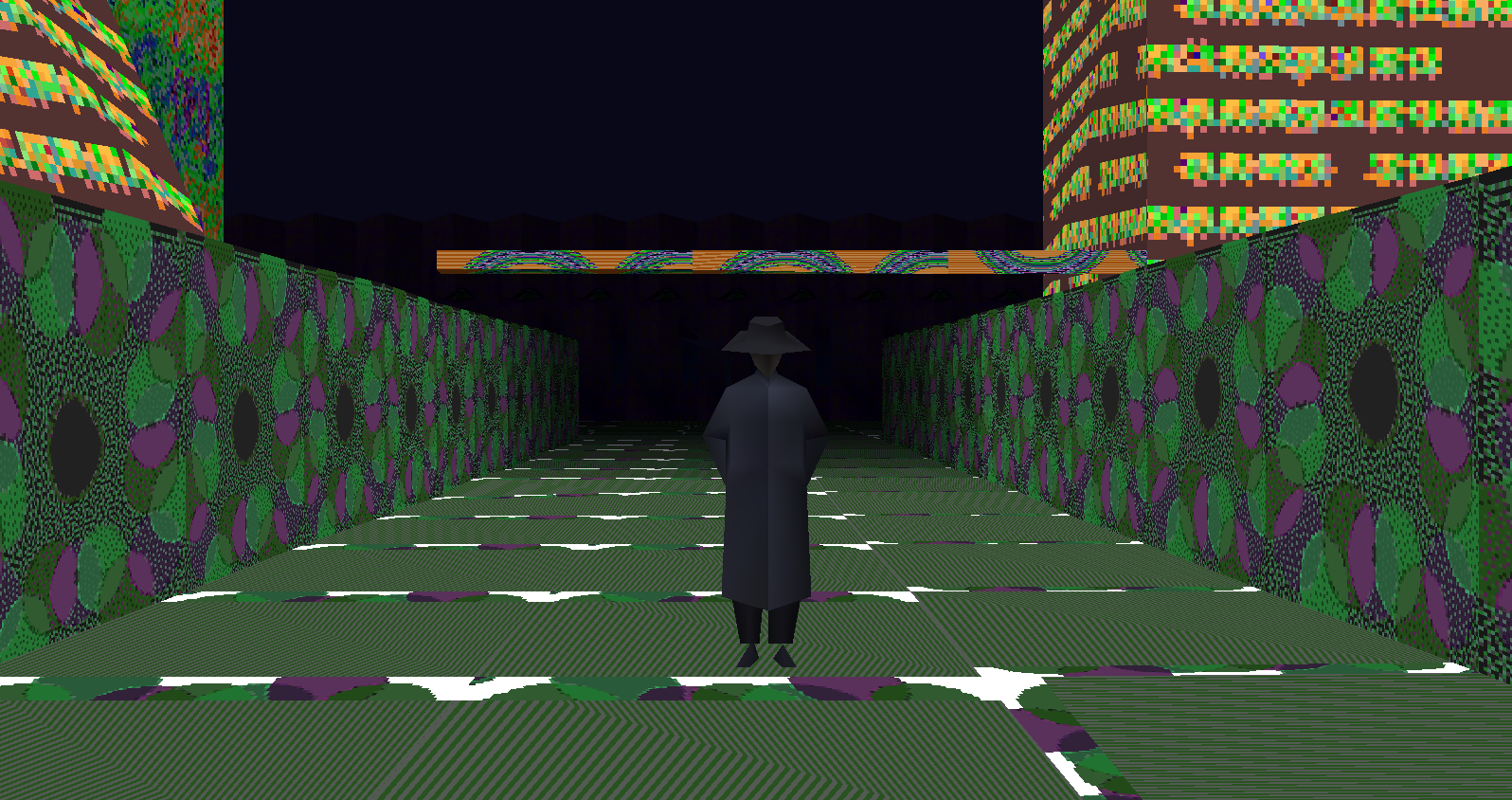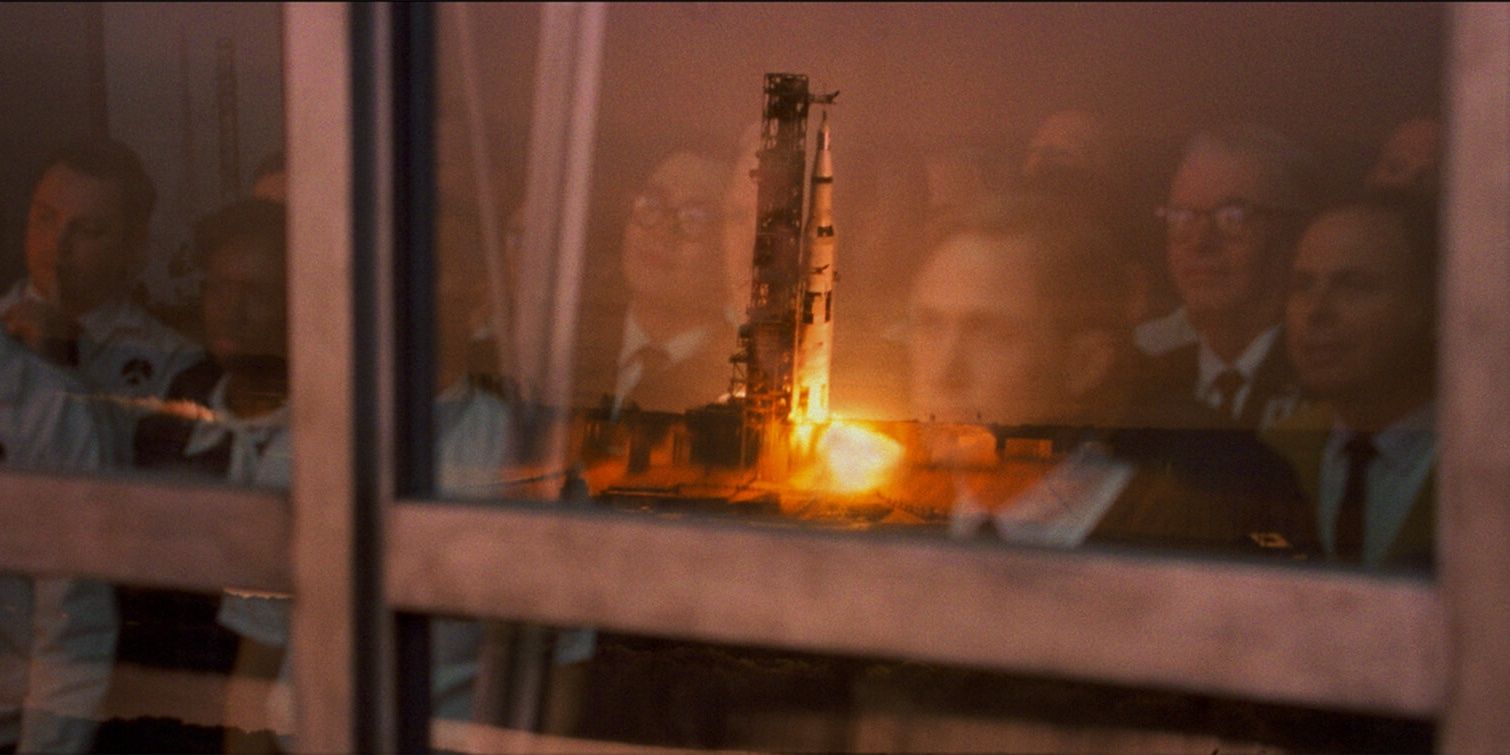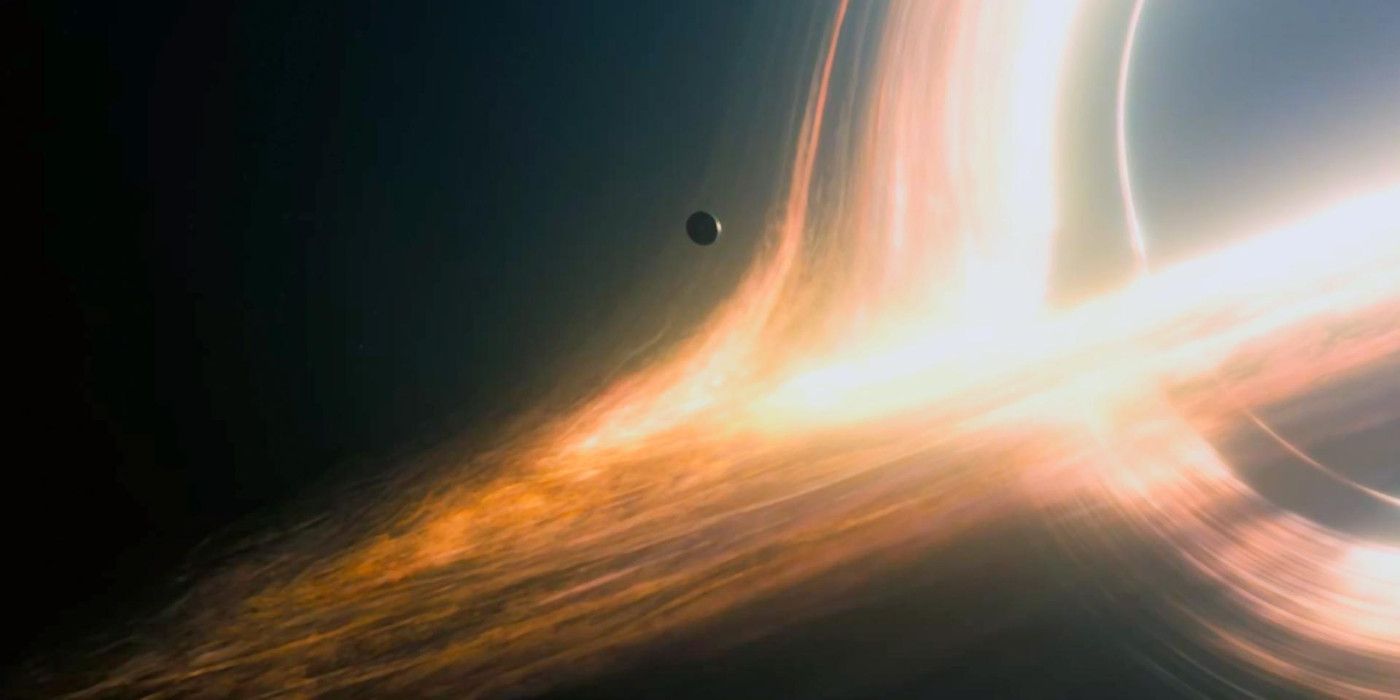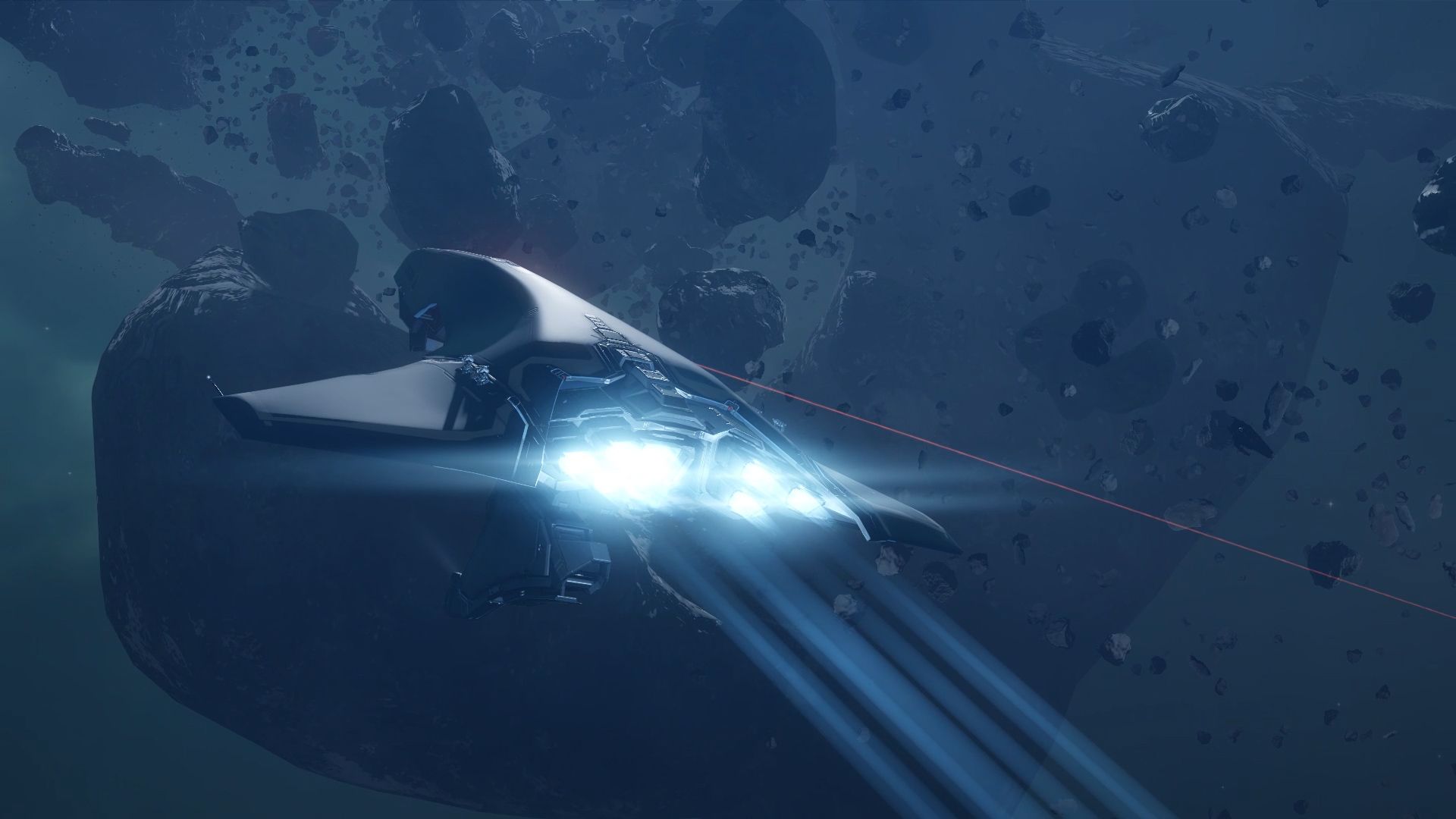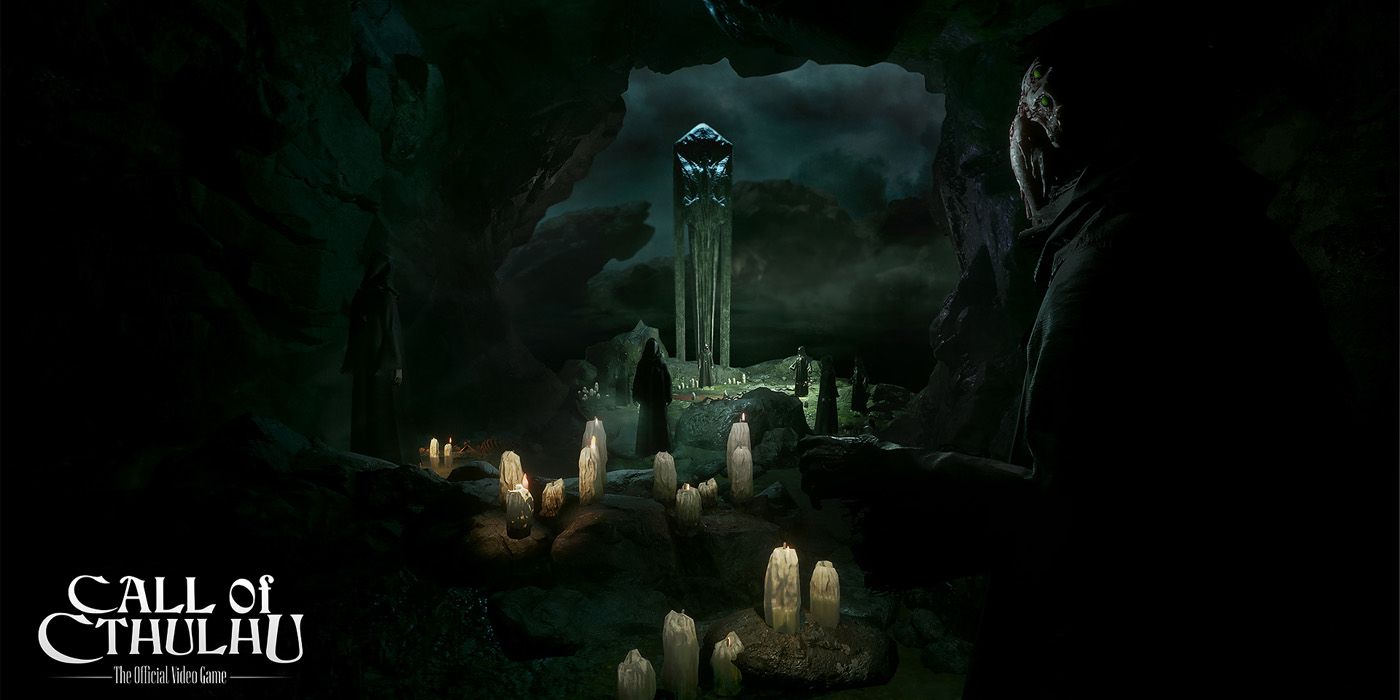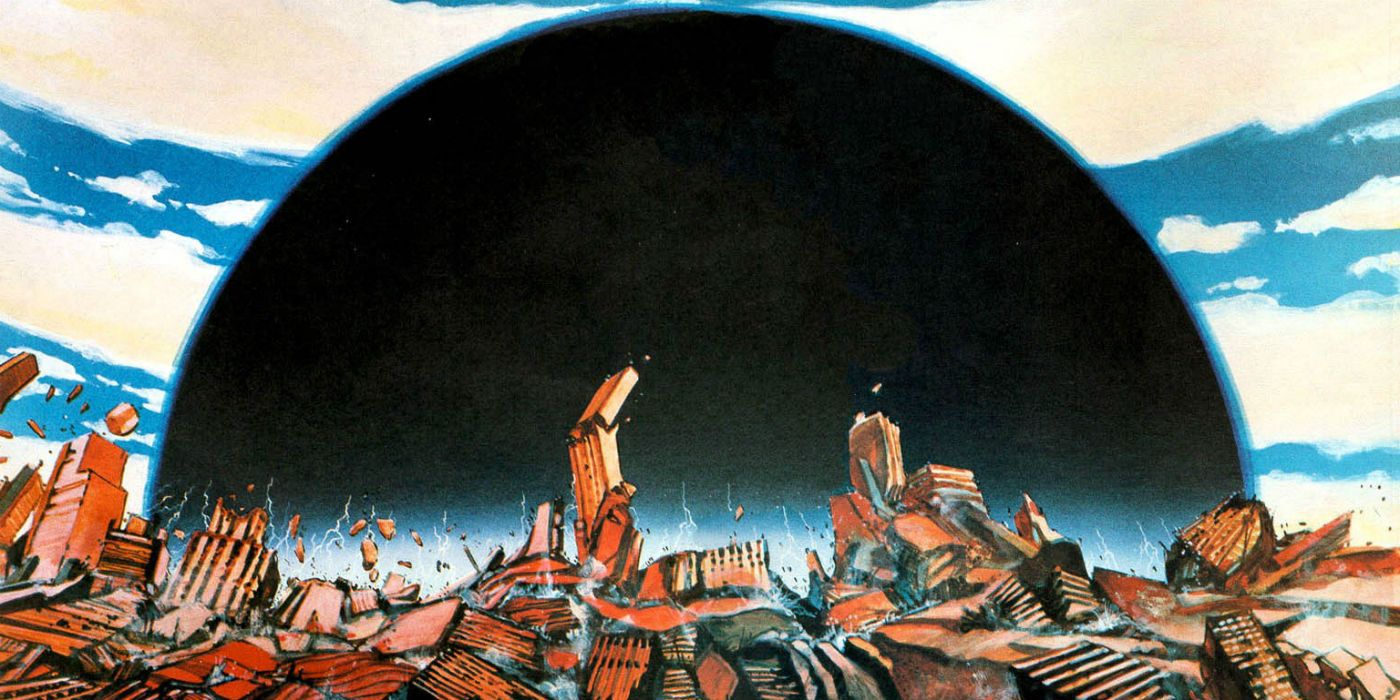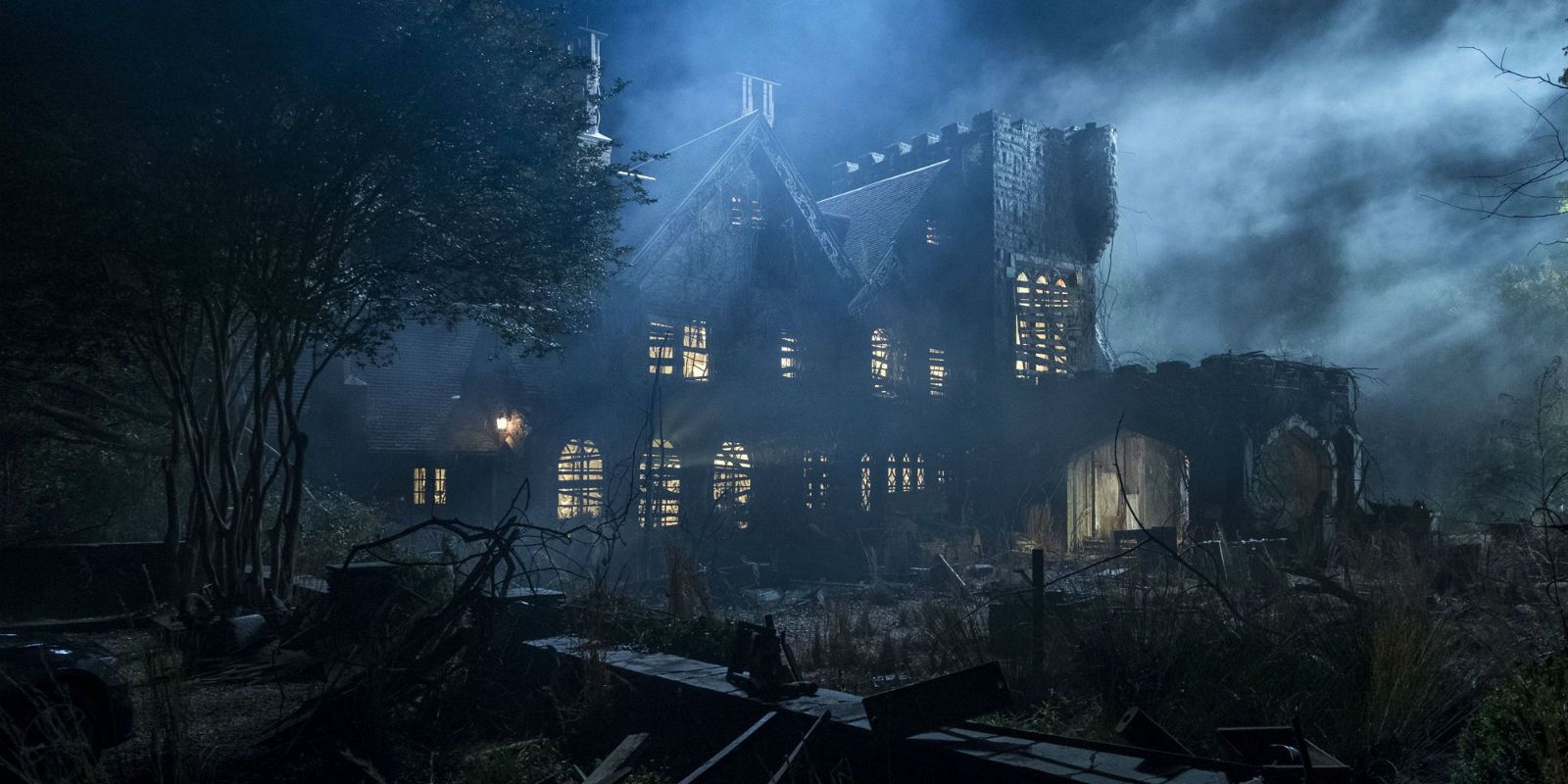With technology, it often seems that few things are too wild to put into a movie. Computers can generate any image and make it believable. Books like Annihilation, once thought to be impossible to film, have been adapted successfully to the big screen. The unreal is now grounded.
However, there are a few books that might be simply too wild or too incredible to film. Or, at least, to film well. It is possible to make them, but, for one reason or another, they are all but impossible to adapt to the big screen. The concepts may be just too insane or bewildering to capture in visual form. Others require ideas too abstract to make material. While others would lose all charm if changed from prose to picture.
RELATED: Sci-Fi Movies Set In 2019 (And What They Got Right)
Ubik By Philip K. Dick
At one point, Michel Gondry (director of Eternal Sunshine Of The Spotless Mind) was trying to turn Philip K. Dick's wild novel about paranoia and virtual reality into a film. But the film proved too bewildering and confusing to even begin unraveling into a film.
RELATED: 18 Sci-Fi Movies Coming In 2019 (And 15 We Still Have To Wait For)
While numerous Philip K. Dick novels have been adapted to the screen, all of them have required sometimes drastic reinterpretations. Ubik is perhaps Dick's most bewildering story, featuring a reality that isn't and may be virtual. All the characters may be dead. Or maybe just half-dead. Or... something.
Ubik is an existential horror, never offering the reader a clear understanding of what's actually going on.
The Man Who Folded Himself By David Gerrold
Time travel stories are often strange. There are few sci-fi stories that can't be adapted to the screen, however, and time travel is seemingly an easy one to film from a technical level. The concepts are what weird us out. It's mind blowing that Predestination successfully adapted Robert Heinlein's "All You Zombies."
That said, The Man Who Folded Himself might be the strangest time travel novel ever written. It features time travel that overlaps -- again and again -- resulting in a multitude of duplicates in different portions of alternate reality, all interacting as reality frays further and further apart. It becomes so obscenely ridiculous -- and, indeed, just plain obscene -- that it seems unlikely any film studio would think this is a film mainstream audiences would want to pay money to see.
The Gone-Away World By Nick Harkaway
What makes The Gone-Away World so downright horrifying is that you really can't see what it presents. The Gone-Away World's core concept is that the world develops a new sort of weapon that doesn't blow up, but just deletes whatever it touches.
RELATED: 15 Smartest Sci-Fi Movies Of All Time
The surreal existential horror of this novel is not one that lends itself well to the visual medium. After all, seeing something disappear is not a very visually stunning concept. However, on the page, it's absolutely frightening. While some of the latter elements of the novel -- which involves the things that disappeared becoming something tangible again -- are downright horrific, it's not a sci-fi novel that lends itself to film adaptation.
Dreamsnake By Vonda McIntyre
Dreamsnake is a surreal novel about a healer who uses an elixir formed from snake venom to create intense hallucinations. In essence, this is a drug trip novel.
The intense voyage taken in this story is one of all five senses, entirely integrated. It's hard for film to really capture the psychedelic realities explored by this incredibly powerful novel. While the film can attempt to materialize the various hallucinations and acid trips present here, it would always feel too real -- too grounded -- to be as effective as the written word. The crisp solidity of film takes something away from the abstract novel.
Gravity's Rainbow By Thomas Pynchon
Gravity's Rainbow is one part grounded military story, one part hard science fiction novel, and another part surreal metaphysical journey into the realms of the unreal. The novel is often regarded as one of the greatest works of fiction from the 20th Century and one of the greatest American novels ever written.
RELATED: 15 Greatest Sci-Fi Movies That Make No Sense
It also contains over 400 characters, various references to scientific theory, drug addiction, psycho-sexual concepts, and existential reality. To distill any one element of the novel to film is to do the rest of the story a great disservice, as the whole needs to be taken as one, gigantic examination of reality. The novel is written in several different tones and styles in order to capture a multitude of different voices, all as it coalesces into something beyond comprehension.
Xeelee Sequence By Stephen Baxter
The Xeelee Sequence is a sprawling epic that takes place across time and space. It features mankind's trajectory into the stars through space and time as they try to wage a war with other aliens against the enigmatic Xeelee, a godlike race of aliens who existed before all other forms of life.
The novel explores themes of humanity's corruption and cruelty toward itself, sure, but the sheer scale of the series makes it impossible to adapt. It is simply too big to meaningfully present to screen. While the massive scale of time between events is hard enough to relay, it is perhaps the cosmic nature of the Xeelee itself that is too impossible to represent beyond the most abstract terms. This culminates in arguably the single largest galactic structure ever conceived in science fiction.
All Of An Instant By Richard Garfinkle
All Of An Instant is another novel that does not exist in the material world. Rather, it focuses on the exploration of a realm beyond space-time, where normal distinctions of sensation and direction become meaningless. And, through the exploration of this foreign realm, reality starts to... ripple.
RELATED: The 20 Greatest Sci-Fi Franchises Of All Time
The novel cannot be relayed visually while maintaining the enigmatic horror of the novel. After all, how can one visually represent a world beyond visual representation? It would take away something vital from the language used to craft this story.
Anything Written By HP Lovecraft
Lovecraft has been adapted to film numerous time, but never successfully. The films always seem either cheesy and silly or just too abstract to affect audiences. Take The Color Out of Space, adapted numerous times. It features a color unlike any other seen before that distorts and decays the world around it. How can a director just create a new color? How is that represented without hiding the core element of the story?
Beyond that, consider the eldritch horrors of his stories. They feature worlds that defy explanation. That are ever changing. The moment something too large for human comprehension appears on screen, it no longer becomes beyond comprehension. How can you create something like, say, Yog-Sothoth, an omnipresent Outer God who exists simultaneous as everyone and everything? How do you put that on screen?
Because so far, every adaptation just turns Lovecraft's entities into tentacle monsters. Which is lame.
Dhalgren By Samuel R. Delany
How does one even begin to explain Samuel R. Delany's Dhalgren? It's an iconic work of psychedelic speculative fiction that is all but impossible to explain. A city in the midwest is cut-off from reality following an enigmatic disaster. Weird things happen. People turn into giant insects -- only they don't. There are multiple moons in the sky -- only there aren't. The sun becomes fifty times its normal size -- until it just stops. People turn into trees after having sex, Gods roam the street -- except they don't.
The novel is all about the bizarre happening. It is truly impossible to explain even half of what transpires in this insane novel, much less scrap together a coherent plot from this surreal existential nightmare. Maybe the novel is just an unwell person's interpretation of the world. Maybe there's a time loop or a cosmic entity at work. It's truly impossible to say what goes on in Dhalgren.
House Of Leaves By Mark Z. Danielewski
House of Leaves is impossible to adapt. It is simply a novel that depends so much on the written word and tricks of wordplay to explain a truly mind-blowing, impossible cosmic horror novel. This novel defies all explanation. In theory, the story is simple: there is a house thats size is different depending on where you start measuring it. From there, the story varies, offering various viewpoints on the subject matter.
However, the novel becomes something truly insane when you realize that there are stories within stories within stories inside this novel. It takes you on a trip of paranoia, forcing you to reread what you just read for any inkling of hidden messages. The novel works because of its language. To relay it in the physical would rob the work of everything that makes it powerful.
House of Leaves is too wild to adapt to film. Anyone who tries to adapt it is either mad or just wants to make a buck off a great novel.


